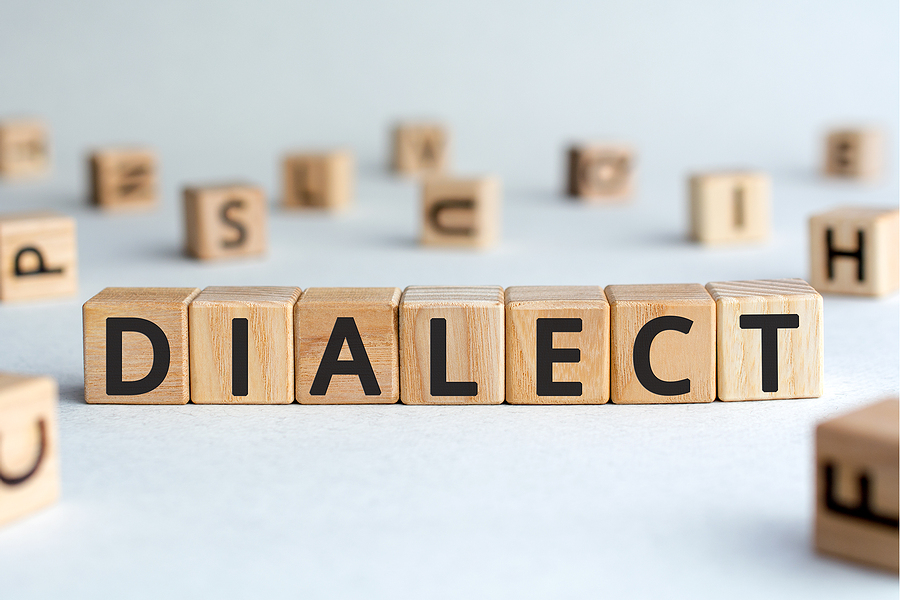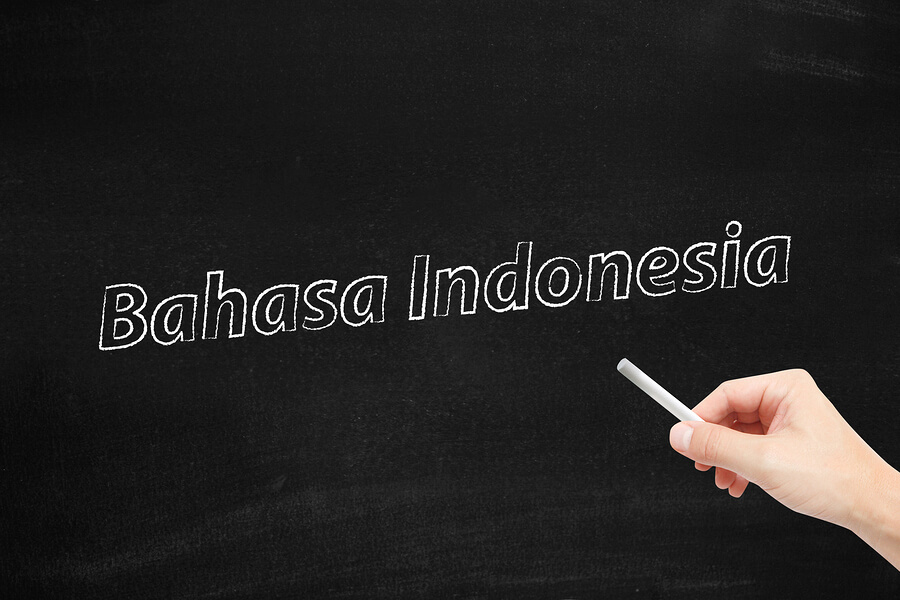Introduction
Indonesian, or Bahasa Indonesia, is the official language of Indonesia, a nation of 250 million people. It is an Austronesian language based on the Malay language spoken in the Malay Peninsula, Singapore, and Borneo and remains not only the only official language in Indonesia but the lingua franca of a culturally and geographically diverse nation. There are said to be 652 local languages spoken across the Indonesian archipelago, so Bahasa Indonesia is the only language that enables all these people to able to communicate with each other.
Because Indonesian is so widely spoken by so many people, the need for good Indonesian to English and English to Indonesian translators is immense. Like many language translations, there are specific challenges that must be overcome for effective translation. Some of these common problems of translation of English to Bahasa and vice versa are outlined below.
Problems faced by a language translator when translating from English to Indonesian or Indonesian to English.
Language structure
The fact that Indonesian belongs to the Austronesian language family and English to the Germanic language family means that there are many inconsistencies between the two languages when it comes to a comparison of syntax, vocabulary, and sentence structure.
One of the more obvious ones is that English often has many different words that convey different meanings whereas, in Indonesian, the context of the phrase is more important. Indonesian is also a language that is constantly growing. It has borrowed words from other languages such as Sanskrit, Arabic, and even Portuguese. English also has many borrowed words from many other languages. These language origins complicate the structure of each language
Sentence structure
There are many differences in sentence structure between Indonesian and English. Indonesian, for example, doesn’t recognize direct and indirect articles like “a” and ‘the”. Indonesian also doesn’t recognize gender in the same way as English. On the other hand, despite the seemingly simpler sentence structure of Indonesian, there are also complexities that are missing in English. For example, in English, there is only one type of “you”. This is not true for other European languages, even Germanic languages like German and Dutch which recognize 2 or more forms of “you,” their use is dependent on the relationship between people and social status. Indonesian takes that one step further and has many more forms of ‘you,” up to 20 according to linguists.
Idiomatic expressions
Idiomatic expressions are often difficult to translate between any language pair. The further apart the 2 languages are culturally, historically, and linguistically, the more challenging they are to understand or equate. This is particularly important for translators whose work consists of translating text that often has a lot of idiomatic expressions such as literary and marketing translation.
Compound words
Both English and Indonesian make use of compound words to create words with different meanings from the component words, but the compound words in Indonesian are rarely the same as in English.
Double or multiple-meaning words
Indonesian typically uses double words as a way of showing plurals, or accentuation of the meaning of a word, while English usually uses a suffix to show plurality. Both languages have words that may have multiple meanings and the translator often has to use the context of the word to know what the specific meaning is of these words.
Conclusion
Bahasa Indonesia is a very significant language in one of the world’s largest nations by population. English to Indonesian and Indonesian to English translation is important to many businesses, individuals, and private and government agencies and organizations. It’s important to always use professional translators who have an in-depth knowledge of the subtleties of both the Indonesian and English languages.








